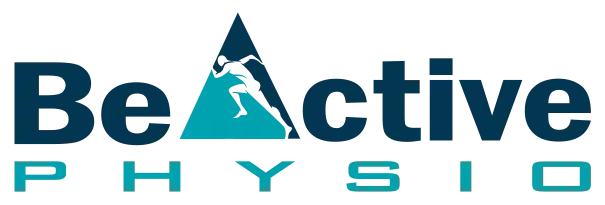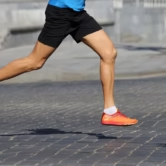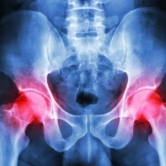Relieve Your Pain Without Drugs! Find Natural Pain Relief Today
Ready to Find Pain Relief Without the Side Effects of Opioids? Pain is a serious problem in today’s world. It’s little wonder that painkillers and anti-inflammatory drugs have grown into such a mammoth industry. Unfortunately, these drugs offer their own share of troubles, from addiction to dangerous effects on internal…




